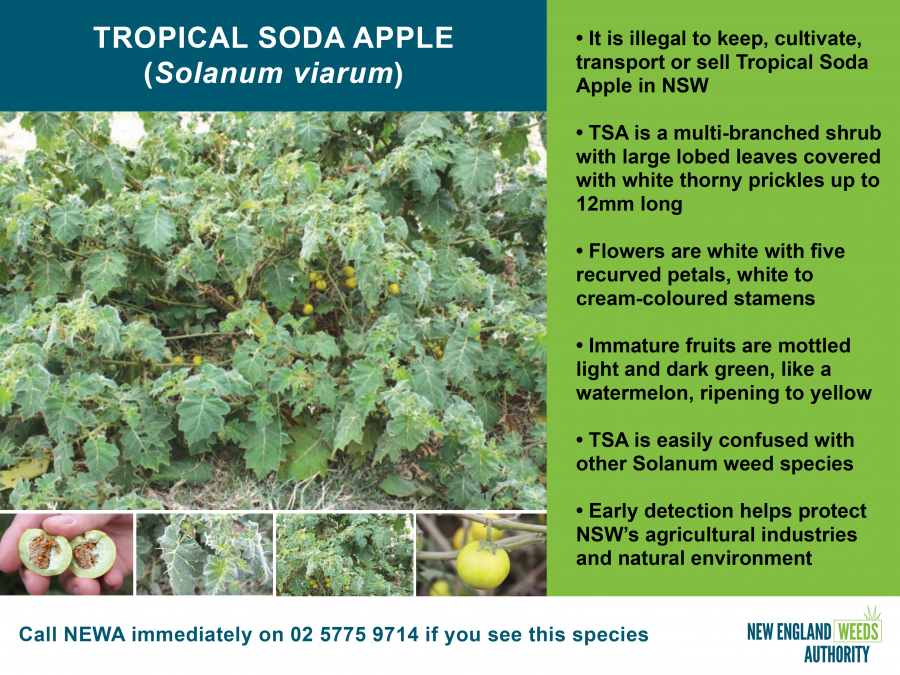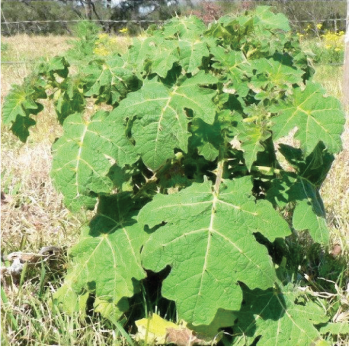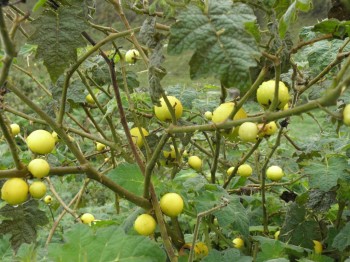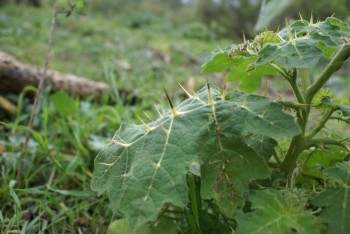ATTENTION NEW ENGLAND LANDHOLDERS: New Inspection and Compliance Process in place for Tropical Soda Apple
New England Weeds Authority would like to ensure landholders are aware of the Biosecurity (Tropical Soda Apple) Control Order 2022, which came into effect on the 1st July, 2022.
The Control Order requires the following: “The owner or occupier of the land must ensure that the land is kept free of Tropical Soda Apple by immediately destroying all Tropical Soda Apple, including fruit on the land. This requirement applies to any infestation including any subsequent generations of tropical soda apple on that land.”
NEWA staff are inspecting private property throughout the Macleay Valley to determine whether landholders are in compliance with the Control Order.
New England Weeds Authority Tropical Soda Apple Compliance Process:
Landowners will be advised in writing after the first inspection of the presence of Tropical Soda Apple on their land. If a second inspection shows that control measures have fulfilled the requirements of the Control Order, no further action will be taken.
If a second inspection shows the Control Order has not been complied with, an Individual Biosecurity Direction will be issued under the NSW Biosecurity Act 2015.
Failure to comply with the Control Order and Individual Biosecurity Direction may result in legal action, or the Authority may carry out the weed control work required at the landowner's expense.
See more about Weed Control for Tropical Soda Apple here. For more information, please contact NEWA on 02 5775 9714.
How to identify Tropical Soda Apple (Solanum viarum):
Tropical soda apple is an aggressively invasive, prickly, thicket forming perennial shrub 1–2 m high. It has broad-based, straight, cream-coloured prickles to 12 mm long scattered on most plant parts.
Key identification features of TSA:
- Leaves are mostly 10–20 cm long and 6–15 cm wide. The upper and lower leaf surfaces are densely covered in short hairs; mid-veins and primary lateral-veins are cream-coloured on both sides of the leaves.
- Flowers are white, 1.5-2 cm wide, with 5 petals. They occur in clusters of 3–6 from a short stem.
- Mature fruit are yellow and golf ball-size (2–3 cm in diameter). When immature they are pale green with dark green veins, like immature watermelons. Plants can produce an average of 45000 seeds.
Need help identifying this plant? Call NEWA on 02 5775 9714.







